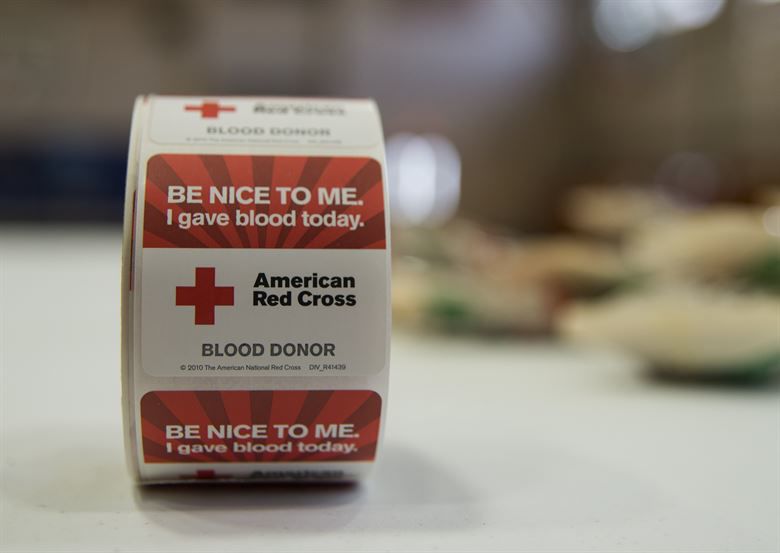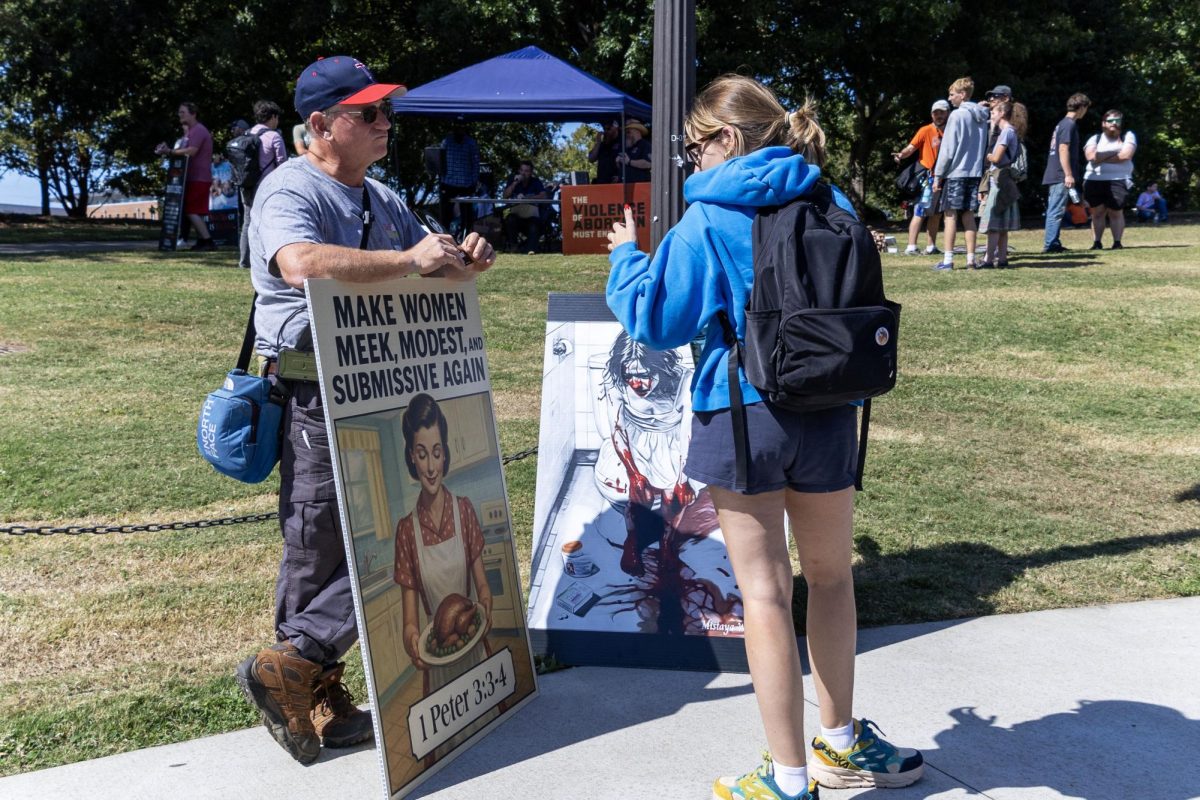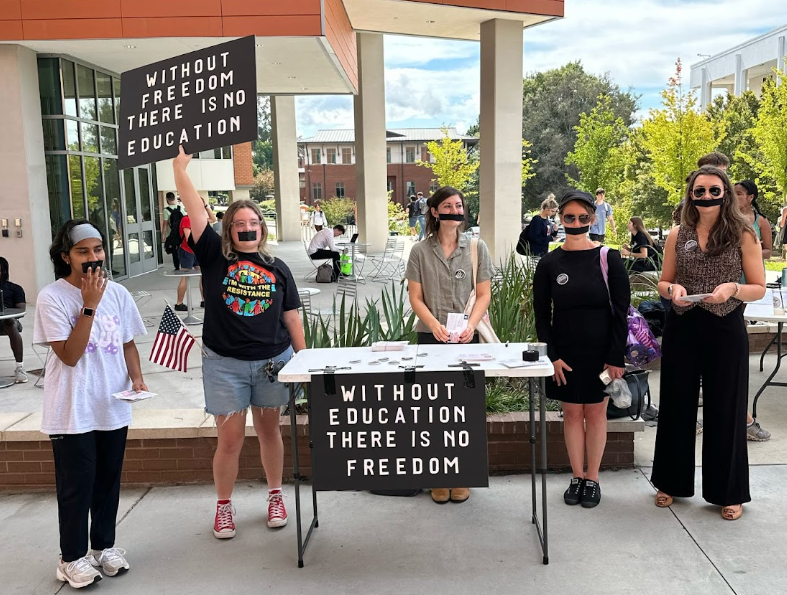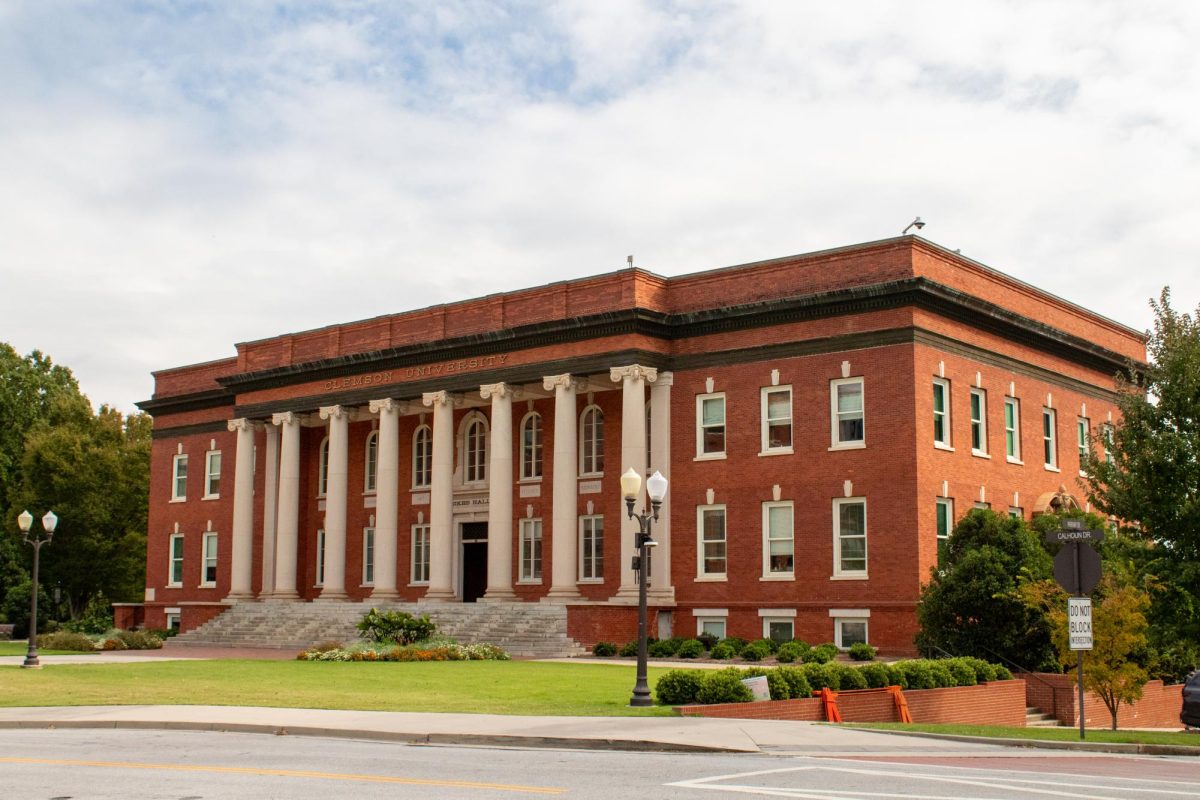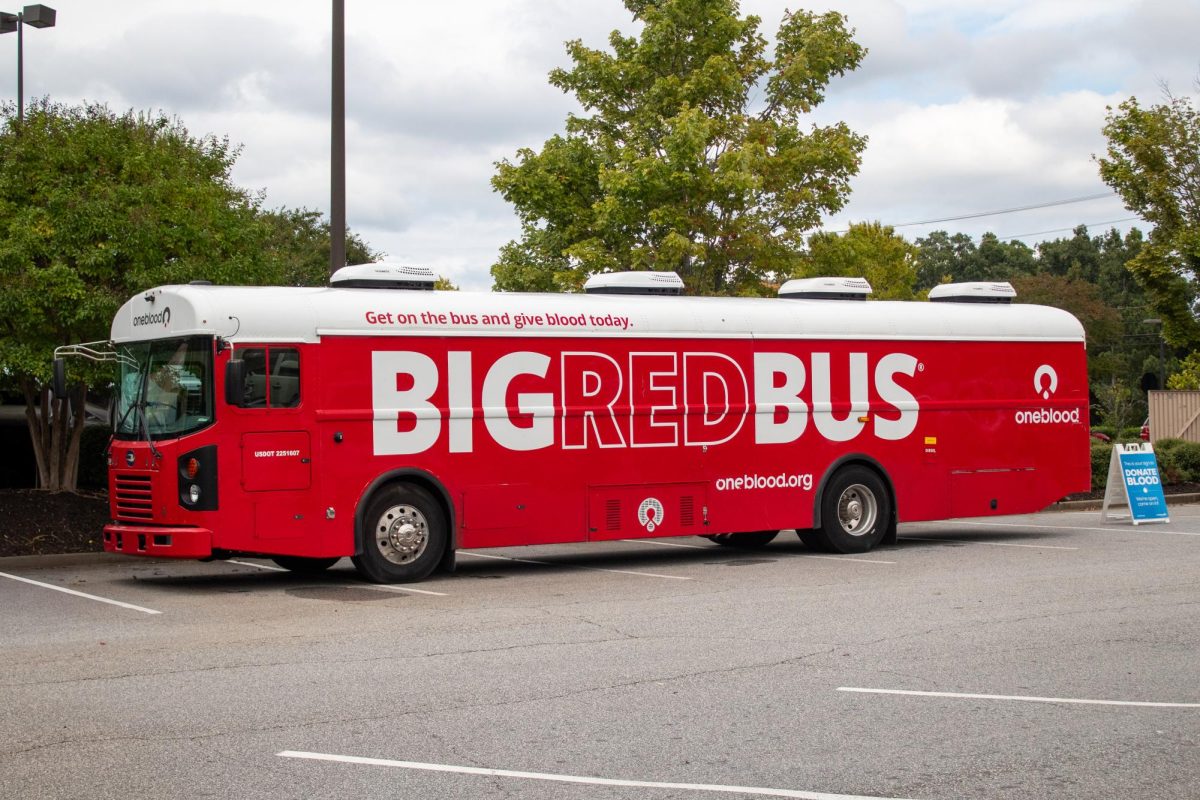2019 marked a monumental year for both Clemson University and The University of South Carolina. The Blood Bowl competition, now in its 35th year, is the nation’s largest collegiate blood drive.
The competition took place from Monday, Nov. 18 to Friday, Nov. 22. The Blood
Connection and American Red Cross provided seven blood busses set up around campus, and
one location inside of the Hendrix Student Center.
The Gamecocks hold the current series lead at 18-16. But as a student body, we are working towards the goal of tying it back up.
Even though the matchup has survived over three decades, its guidelines have not. In recent years the rules have changed. The score now accounts for the school’s location differential in size, depending on who hosts the football game. When Clemson hosts, the score is by student body percentage. When South Carolina hosts, it is by sheer number of donations.
So, for the rivalries’ first years it was divided by sheer number. With Columbia being the capital city, Clemson was struggling for quite some time. Then the trade-off began and since then the Tigers have won frequently (even in some of the years decided solely by number of donors).
The Tiger Newspaper caught up with Blood Bowl volunteer Chelsea Huston, a graduate student studying Education. Huston worked at one of the seven locations during Blood Bowl week, all of which were staffed by Alpha Phi Omega.
“We try to recruit people to donate blood and tell them about our deals and the wristbands that give you 50 percent off at Osaka all week. We have raffles where you can win an employee parking pass, as well as the shirts, obviously. Our biggest thing is that every donation can save up to three people,” Huston said.
This was far from Huston’s first experience as a Blood Bowl volunteer. She, and her non-profit fraternity Alpha Phi Omega, have been hard at work making sure the traditions values continue. Even though this is her 5th Blood Bowl, her competitiveness has not dwindled by any means.
“I was actually the Public Relations chair for the Blood Bowl in 2017. We lost by only 50 donors that year; it was ridiculously close. They were hosting so it was by number. I got to go to USC, bring them the trophy, and go on the field to the people who run the Blood Bowl there. It was a cool experience even though we had to give it away,” Huston said.
Despite having to relinquish the trophy two seasons ago, Alpha Phi Omega is proud of
Clemson’s involvement in the race for blood donors.
In 2016, Clemson won with 18.83 percent of the student body participating (3,393) compared to 12.02 percent of USC’s student body (3,035), totaling 6,428 donors combined. In 2018, Clemson won again with 12.87 percent of the students participating (2,728) compared to 7.31 percent of USC’s students (1,956) with 4,684 donors combined.
“The two years that we have won, since I’ve been here, were in both ways. It wouldn’t have mattered because we had more donors, which is kind of crazy considering the size difference of Columbia to Clemson. They obviously have a lot more community donors than we do,” Huston said.
Regardless of whoever takes “The Blood Bowl Cup” back home, both universities have done an outstanding job of responding to the need in our communities.
“Each donor can save up to three lives by participating, and last year the drive in Clemson saved over 8,000 lives. Along with USC, the 2018 Blood Bowl helped save over 14,000 lives,” Ellis Moore, president of the Clemson’s Gamma Lambda Chapter of APO, said.
Will the Gamecocks take the title back to Columbia? Or will the Tigers’ recent success continue? Let’s hope our students came out to donate and the trophy stays with Alpha Phi Omega.
Follow the Blood Bowl on Twitter and Instagram: @CUBloodBowl and
@APO_GammaLambda



